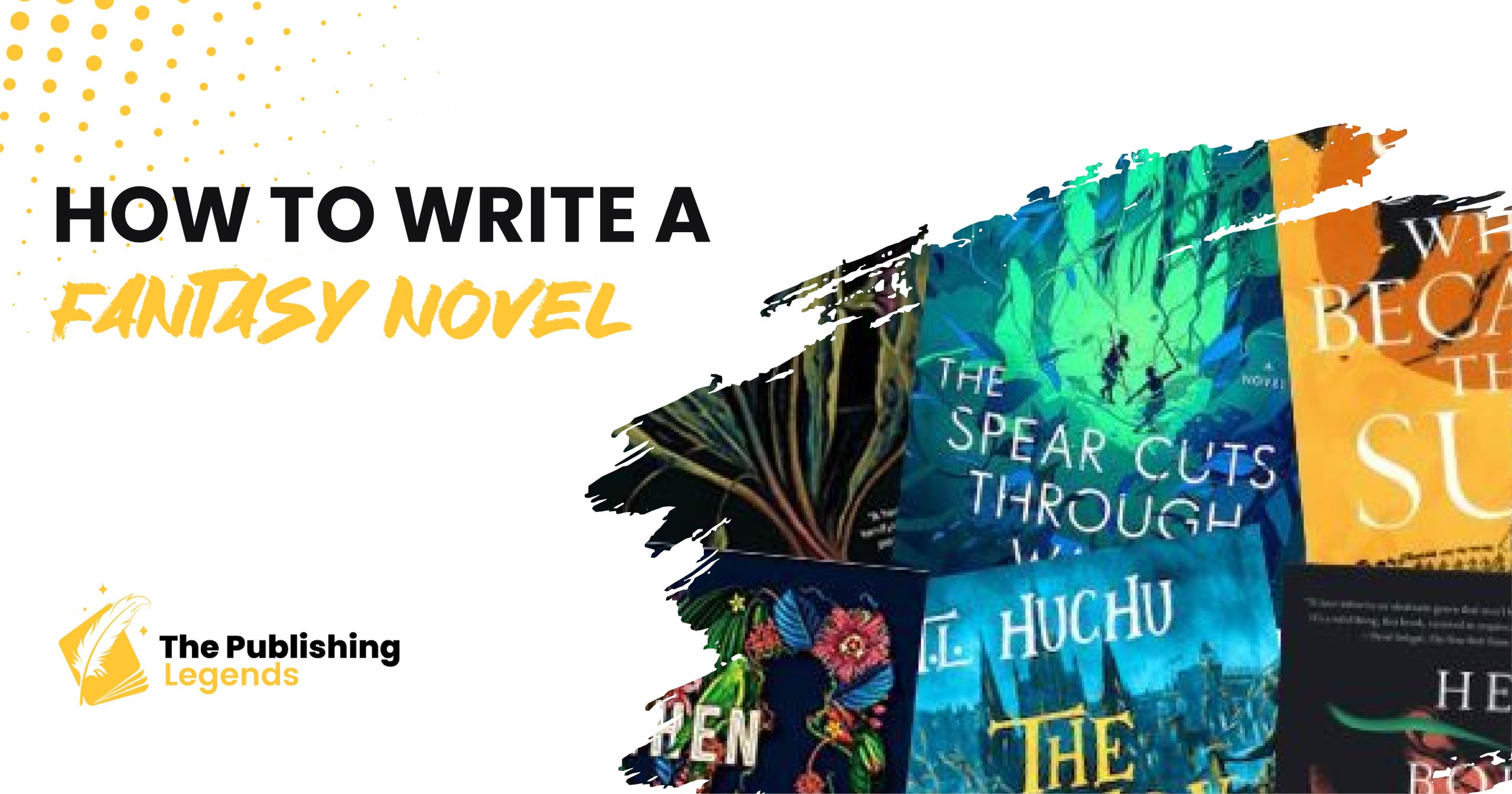Writing a fantasy novel can be an exciting and rewarding venture, but it can also be challenging. From the epic realms of The Lord of the Rings to the magical corridors of Harry Potter, fantasy continues to captivate readers across the globe. But beyond dragons and wizards lies the real magic: a world built with structure, rules, and heart. Whether you’re an aspiring author or just starting out, this beginner’s guide outlines the essential steps to take your fantasy idea from concept to manuscript.
1. First Things First: Understand the Fantasy Genre
Before diving into writing, familiarize yourself with the type of fantasy you want to create. Fantasy is a vast genre that includes:
- High Fantasy: Set in entirely fictional worlds with unique rules, such as The Wheel of Time.
- Urban Fantasy: Combines modern-day settings with magical elements, like Harry Potter.
- Dark Fantasy: Features grim settings and morally complex characters, such as A Song of Ice and Fire.
- Historical Fantasy: Blends real-world history with fantasy or supernatural elements.
Once you choose your subgenre, decide whether your world will be completely original or an altered version of our own reality.
Our fantasy ghostwriting experts can bring your magical universe to life with structure and style.
2. Develop a Unique World
World-building is one of the most thrilling (and complex) parts of fantasy writing. A rich, believable world elevates your narrative and immerses your reader. Focus on these areas:
- Geography & Climate: Determine your world’s landscape and weather patterns. Harsh environments can influence societies and their values.
- Culture & Society: Create civilizations with unique politics, languages, and traditions.
- History & Lore: Develop backstories—wars, legends, or disasters—that influence your current plot.
- Magic Systems: Clearly define how magic works. What powers it? What are its limits?
Great world-building strikes a balance between detail and narrative flow. Don’t overwhelm—build gradually through scenes and dialogue.
3. Create Compelling Characters
Your characters breathe life into your fantasy world. Invest time into making them memorable:
- Protagonists: Should have goals, flaws, and clear development arcs.
- Antagonists: Avoid one-dimensional villains; instead, create layered opposition with real motivations.
- Supporting Characters: Include guides, love interests, or companions who reflect or challenge the protagonist.
- Diversity: Consider creating unique races, species, or societies with distinct beliefs and norms.
Get your story formatted with precision to match publishing standards and enhance readability.
4. Craft an Engaging Plot
Plot is the vehicle that drives your characters through their world. Begin with the central conflict or goal. Layer in subplots and twists to keep readers engaged.
- Structure: Use the three-act structure (setup, conflict, resolution) or the Hero’s Journey model.
- Themes: Explore themes like identity, sacrifice, good vs evil, or power.
- Twists: Unexpected turns deepen reader investment and bring freshness to familiar tropes.
5. Establish a Magic System
Magic must be more than decoration. A well-designed magic system serves your plot and characters, not just aesthetics.
- Type: Is it elemental, emotional, inherited, or alchemical?
- Limitations: What does magic cost? What are its risks?
- Purpose: How does magic influence your protagonist’s journey or antagonist’s power?
6. Write with Vivid Imagination
Use descriptive language to breathe life into your world. Appeal to all five senses and allow your setting to become a character itself. Remember to show, not tell—let action and dialogue reveal details organically.
Get a custom book cover designed that reflects your fantasy theme and captures your reader’s imagination.
7. Edit and Revise Your Manuscript
First drafts are never final. Rewriting polishes your prose and strengthens your storytelling.
- Self-Edit: Fix plot holes, weak dialogue, or inconsistent pacing.
- Feedback: Use beta readers and critique groups to gain insight.
- Professional Edit: Hire an editor to refine grammar, structure, and voice.
8. Let the World Know About Your Novel
Once you’re ready to publish, decide between traditional or self-publishing:
- Traditional Publishing: Requires submission to agents or publishers. Offers distribution and marketing support.
- Self-Publishing: Grants full creative control and faster release. Platforms like KDP and IngramSpark are ideal for indie authors.
Let us help you publish your fantasy novel from manuscript to global distribution.
9. Conclusion
Writing a fantasy novel is a journey full of imagination, planning, and persistence. From world-building to character arcs, every detail you craft has the power to transport readers to magical realms. Whether your fantasy involves mystical lands, epic quests, or intimate magical realism, staying committed to the process will help you create a world your audience will never want to leave.
Start with your idea. Nurture it. Let it grow into a story. And most importantly—don’t stop writing. Your magical universe is waiting to be written.




